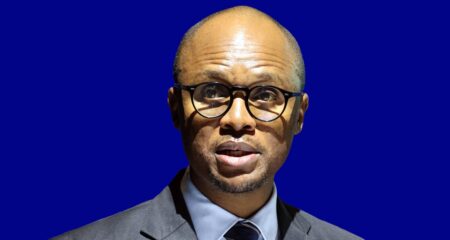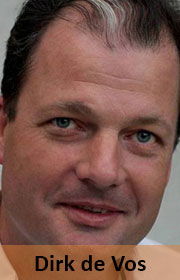 A recent supreme court of appeal decision that pitted e.tv and others against MultiChoice and the SABC on the issue of the digital migration and the specifications of set-top boxes — itself a reversal of a high court decision — is now heading to the constitutional court.
A recent supreme court of appeal decision that pitted e.tv and others against MultiChoice and the SABC on the issue of the digital migration and the specifications of set-top boxes — itself a reversal of a high court decision — is now heading to the constitutional court.
At the same time, publisher Caxton, after several setbacks, has eventually succeeded at the Competition Appeal Court to get the Competition Commission to investigate a content sharing deal between MultiChoice and the SABC with a view to setting that agreement aside.
The delays in getting to a point where South Africa migrates from analogue to digital television are almost unbelievable. Other countries, including many in Africa, are well ahead of South Africa and have managed the process so much better. We are right at the back of the line worldwide.
While the litigation deals with things like the powers of a minister to make policy and competition issues, the nub of the problem is the issue of the specifications of the government-subsidised set-top boxes that are to be introduced.
On one side is e.tv (along with most of the ANC and the South African Community Party) along with prospective new entrants to the television sector. They argue that encryption should be an essential feature because it would allow better premium content and more pay-TV services, which are now provided by a virtual monopoly in the form of MultiChoice.
On the other side of the encryption debate is MultiChoice, along with the minister of communications, Faith Muthambi, and the SABC. They all argue that set-top boxes ought to be unencrypted because this is cheaper and government subsidies should not to be used to fund or subsidise new commercial services.
They say that digital migration in other places did not come with encryption and as older analogue televisions get replaced, they now come standard with digital channel selectors meaning that, over time, the requirement for set-top boxes falls away.
On both sides are civil society organisations and different manufacturers with vested interests.
Waiting one the side-lines are the telecommunications and broadband access providers desperate to get hold of the valuable frequencies still occupied by analogue television. It is obvious that all this confusion is a result of years of poor regulation, increasingly exposed by a changing electronic media landscape.
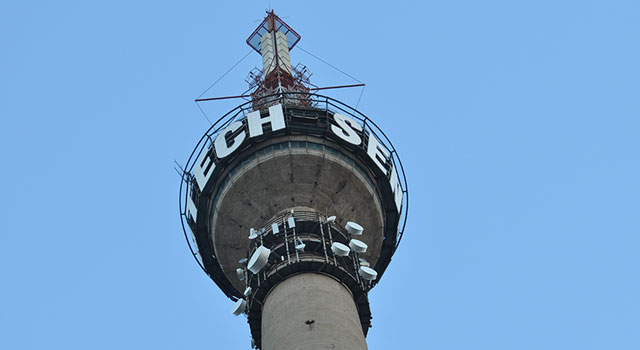
South Africa came late to television, with the first broadcasts happening in 1976, decades after the rest of the world. The country skipped the first major transition in television elsewhere — the conversion from black and white to colour television.
But our system was atypical: the SABC was not a public broadcaster in the traditional sense – it was a state broadcaster, there not only to entertain but also to push out government propaganda. Furthermore, although licence fees contributed to funding the SABC, as television began to be broadcast for most of the day, advertising became the main source of income. So, we had a state broadcaster, pretending to be a public broadcaster, funded like a commercial broadcaster.
This odd situation became even stranger with the introduction of M-Net in 1985. Ostensibly, it was a pay-television operation, but for the purposes of signal distribution it used a scrambled signal on terrestrial television channels delivered to subscribers via a set-top box. But in prime time (the early evening), it had a two-hour open window where it could operate as a regular commercial broadcaster. What is more, legislation at the time made it a criminal offence to tamper with the set-top box (which was quite easy to do), effectively getting the state apparatus to help out with subscriber management.
No news was allowed, so M-Net could focus on pure entertainment by scooping the best available programming. It was a dream investment — a state-chartered licence to make a lot of money.
There were other oddities, such as Bophuthatswana TV (Bop TV), which also had a transmitter in the south of Johannesburg, but which absurdly operated with a cage device on the transmitter so its signal could only be picked up in Soweto. Radio 702, which first operated as a commercial music radio station, also came into existence as a result of being able to use an AM transmitter based in the “independent” country of Bophuthatswana, one of the apartheid government’s “bantustans”.
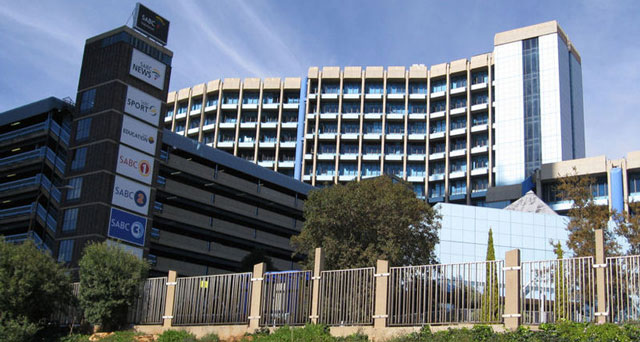
By the early 1990s, the powerful position of television, particularly the influence of the SABC, was recognised. The Independent Broadcasting Authority (IBA) was created to regulate broadcasting and pre-dates even the interim constitution. In fact, an independent broadcasting regulatory authority, like others such as the public protector, is one of the chapter 9 institutions set up by our constitution that is supposed to operate independently.
The first task of the then IBA (which has since morphed into the broader communications sector regulator Icasa) was to set out rules following its triple inquiry into viability of the public broadcaster, local content rules for radio and television, as well as cross-media rules prohibiting significant ownership of both broadcasting and print interests.
While there were efforts to try and regulate broadcasting using more conventional categorisation of public, private, community and so forth, a lot of the pre-existing mess was “grandfathered” into a new, more conventional regulatory regime. At the same time, huge changes in television elsewhere were under way under a new concept called “convergence”.
While radio spectrum allocations were once clearly demarcated between telecoms services and broadcasting services, it became harder to do.
The Internet, still in its infancy, was one change. But satellite television using new frequencies also started to emerge with a powerful value proposition — exclusive rights to rugby, which itself had just turned professional. Elsewhere, valuable sports rights, particularly football, also drove pay-television adoption.
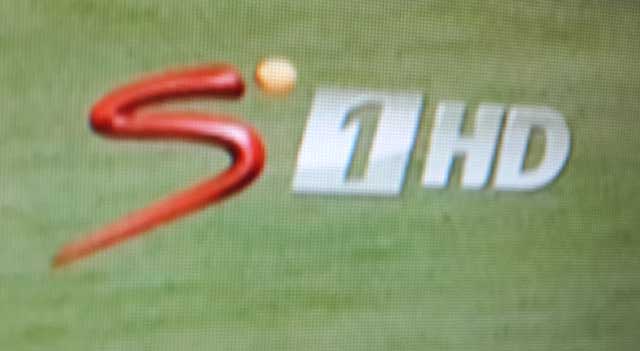
In South Africa, Naspers-controlled SuperSport and its satellite service, MultiChoice, became significant listed entities. But until 2005, MultiChoice as a multi-channel satellite television service operated without any regulation at all. During that period, it established total dominance in what mattered: sports rights.
The one big change to our television sector during this time was the licensing of a new service won in the end by several trade union investment companies under former trade unionists Jonny Copelyn and Marcel Golding. This service came to be known as e.tv.
The desire to open the television sector to players that had been excluded was so strong that this commercial licence was granted to a bidder with an absurdly low working capital requirement. That it was able to secure the licence demonstrated a good degree of inexperience on the part of everyone involved.
In its application, e.tv had said that it would need less than R500m to get it going, whereas it topped out at R2,3bn. Lead investor, the Southern African Clothing and Textile Workers’ Union, had to flog its Vodacom investment and get Remgro as a co-investor to get it over the hill.
Icasa, traditionally cautious by introducing gradual liberalisation, for some reason went positively libertarian in 2006
Thereafter, and until quite recently, etv has been a solid performer. While it competes with the SABC for ad spend and programming, it has had no other direct competition.
The effort to deal with a converged electronic environment started with the marriage of the IBA to the telecoms regulator Satra to form Icasa as well as the introduction of the Electronic Communications Act in 2003. One can discern an overall scheme, but it is a rather confusing piece of legislation.
Efforts to introduce competition to MultiChoice have been an absolute failure. Icasa, traditionally cautious by introducing gradual liberalisation, for some reason went positively libertarian in 2006 when it invited applications for new subscription television services and then went on to license no fewer than five such services.
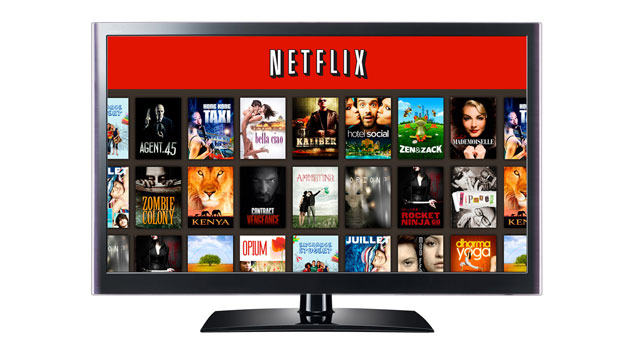
Only a few of them even started up, and went straight into business rescue. MultiChoice is as dominant as ever, and stronger than at any point in its history. The only plausible threats to its business are Internet streaming services like Netflix and (yet to emerge) digital terrestrial pay-television services.
In FTA broadcasting, but for e.tv, we are where we were 30 years ago. The SABC is pushing out government propaganda and uses its unparalleled reach to secure for itself almost R6bn/year in advertising and sponsorships. Reliable figures are hard to find, but research suggests the SABC has a 48% share of all television advertising, with e.tv at 25%. MultiChoice has recently surpassed e.tv’s share, and as time goes on its share grows.
E.tv must know that it has to get into the pay-TV game
So where do we stand now? Out of about 12m television households in South Africa, DStv has perhaps 5m subscribers, or 41% of the total. Going forward, the loss of high-end DStv Premium subscribers might be compensated by Compact subscribers. MultiChoice will gun for more advertising revenues and is quite happy to see any competition via digital terrestrial services kept at bay even as it expands its digital offerings in other African countries.
The SABC is most at risk, even without the terrible management it now has in place. The arrangement of having the SABC with its supposed public service mandate funded by advertising won’t be able to last into the future. Kicking that future far into touch or limiting its impact obviously serves its own interests.
E.tv is in an interesting position. The current setup suits it, but far less than just a few years ago. It must know that it has to get into the pay-TV game. For new entrants, whether FTA or subscription based, digital terrestrial television is the only way into this market.
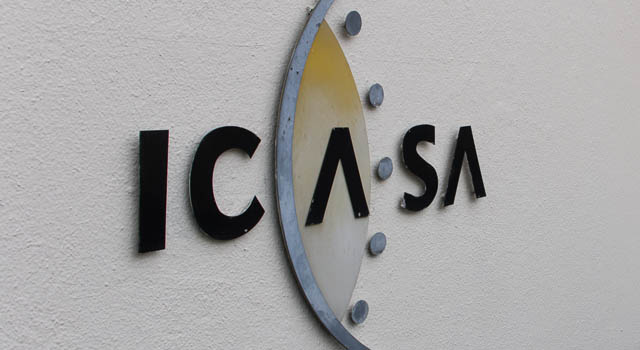
So, what to do? The only way the full complement of as many as 30 to 60 channels enabled by digital television can be filled is via the pay-TV route. The question again is whether the government should subsidise the entry of new pay-television operators via a standard encrypted set-top box that is subsidised and more expensive than the unencrypted version.
MultiChoice’s argument that the state ought not to be involved in subsidising commercial ventures at taxpayers’ expense certainly has merit. But it is hypocritical of MultiChoice to be making that argument as it is the singular beneficiary of 30 years of regulation, both intentional and inadvertent. Its parent Naspers has since gone on to do great things with that advantage. Besides, from black economic empowerment legislation to different types of industrial policy, the state supports all manner of private commercial business.
Other countries that insist on public broadcasting pay for it. Maybe the whole SABC model needs a rethink
One thing that may help things along is a ludicrously late investigation into the pay-TV market, something that should have been done long ago. It may come too late to help out with the digital TV/set-top box conundrum, but following on regulation elsewhere, such as in the European Union, which makes extensive use of competition law, it could have a meaningful impact. Where there is no effective competition in a defined market, European regulators are required to impose obligations on providers with significant market power. Markets are defined in terms of their functional assessment of the services provided. Where this identifies significant market power, regulators must impose obligations on that operator such as transparency, non-discrimination, accounting separation, access to and use of specific network facilities, cost recovery and price controls, or functional separation. Perhaps Multichoice would prefer having a sustainable competitor instead, even if it were to be subsidised.
That leaves us with the SABC television services. While recognising the incredible reach of the SABC and its important role in commissioning programming in all of South Africa’s languages, the odd arrangement of having public broadcasting funded largely by commercial advertising cannot be sustainable, more especially given the SABC’s bloated overhead and poor management.
Other countries that insist on public broadcasting pay for it. Maybe the whole SABC model needs a rethink. In a multichannel and converged environment, perhaps the way to go is to directly fund local content production and not do it indirectly through a traditional broadcaster. We need answers to this problem before the SABC becomes another perpetual loss making state-owned enterprise.
- Dirk de Vos runs corporate finance and advisory firm QED Solutions, specialising in the ICT and energy sectors. Find him on Twitter
- Read more pieces by De Vos




